One-of-a-kind experiences
Early this April, Cuc Phuong primeval forest (Ninh Binh) welcomed more “residents” returning. While more than 20 tourists watched anxiously, when the iron cage door opened, a civet moved very quickly and disappeared under the green forest canopy. That moment was the highlight of the “Returning Home” tour, a unique tourism product of Cuc Phuong National Park.
Launched in March 2021, the “Going Home” tour allows visitors to witness and participate in the process of releasing wild animals after rescue. This is not only a tourist experience but also a journey to accompany nature conservation, a job that requires strict procedures, high costs and persistent dedication from the team of experts. After being rescued and cared for properly, the individuals will be released back into the primeval forest.
Over the years, hundreds of releases have been carried out with thousands of animals of many different species. According to Director of Cuc Phuong National Park Nguyen Van Chinh, the ultimate goal of rescue work is to return animals to their natural environment. The “Going Home” tour helps spread that message directly, easily touching the public’s emotions, thereby spreading the spirit of responsible tourism towards nature and wildlife.
“I think that anyone who witnesses the moment the animals return to the forest will have special emotions; from there, it arouses the awareness and responsibility of each person in protecting wildlife not only while traveling but also in daily life,” tourist Phan Van Tung shared.
Cuc Phuong National Park is also a prominent natural destination in the summer with the tour "Train tour to see fireflies and wildlife at night"; giving visitors the experience of learning about many types of wildlife living and foraging in the natural environment at night, such as: Deer, pangolin, civet, binturong, wild cat, otter, loris...
Responsible tourism with nature has been formed in many national parks, such as: Cuc Phuong, Phu Quoc, Cat Tien, Nui Chua, Cat Ba, Ba Be, Yok Don, Pu Mat... or nature reserves such as Pu Luong (Thanh Hoa), Son Tra (Da Nang)... On April 10, for the first time, Con Dao National Park (Ba Ria-Vung Tau) announced the opening of long-term nature conservation tours on small islands where sea turtles often come to lay eggs, including: Hon Bay Canh, Bai Duong, Hon Tai and Hon Cau.
Director of the Management Board Nguyen Khac Pho said that, realizing the increasing trend of experiential tourism, living in the midst of nature and directly participating in the process of preserving natural ecosystems, Con Dao National Park has researched and carefully prepared to launch tours lasting from 5-10 days, with 10 tours expected in the summer of 2025.
Before the trip, visitors will be trained to understand the special ecosystem of Con Dao, about conservation principles and basic survival skills. Joining the tour, every day visitors will join the rangers to clean the beach, prepare stakes and signs to mark turtle nests, and clean the hatching holes. In the evening, they will join in patrolling and guarding the sea area where turtles lay eggs, helping to measure and move the egg nests to the hatching area, and releasing baby turtles back to the sea...
Need for interdisciplinary coordination
Managing and effectively using natural resources, protecting the environment and biodiversity for sustainable tourism development is an important goal in the Vietnam Tourism Development Strategy to 2030. This is a type of tourism in which profits are shared with local communities, while minimizing negative impacts on the environment and society and contributing to the conservation of culture, habitats and wildlife.
However, implementing experiential tours associated with wildlife conservation is not simple. Director of the Center for Environmental Education and Services of Cuc Phuong National Park Pham Kien Cuong said that releasing animals must ensure strict conservation principles to avoid endangering tourists.
The cost of rescue, conservation, and reintroduction is high, while tour design requires careful research and cannot compete on low prices. If not properly organized, this type of tourism can put pressure on the natural habitat of animals. Therefore, close coordination is needed from all parties: tourism businesses, rangers, scientists, and local authorities.
Experts believe that in the coming time, conservation-related tours will be improved in quality, diversify physical activities and expand to families with young children. A typical example is the program “Where are we going, Langurs?” on Son Tra Peninsula (Da Nang) combining education and nature experiences to track the red-shanked douc langur, which will continue to be successful in 2025.
Primate conservationist Bui Van Tuan, Director of Hivooc Company, affirmed that the biodiversity value in Son Tra and many other conservation areas needs to be enhanced through appropriate tourism and education. According to the Forestry Department (Ministry of Agriculture and Environment), national parks bring in more than VND2,000 billion each year from forest tourism services - an important resource for forest protection and increasing income for local people.
Vietnam possesses valuable national and global biodiversity resources with nearly 180 protected areas, which are potential destinations for experiential and educational tourism. Promoting nature-based tourism associated with wildlife conservation is an inevitable and necessary trend for sustainable development in the coming time.
Source: https://nhandan.vn/thuc-day-du-lich-gan-voi-bao-ton-dong-vat-hoang-da-post874512.html


![[Photo] Prime Minister Pham Minh Chinh meets with US business representatives](https://vphoto.vietnam.vn/thumb/1200x675/vietnam/resource/IMAGE/2025/5/13/5bf2bff8977041adab2baf9944e547b5)
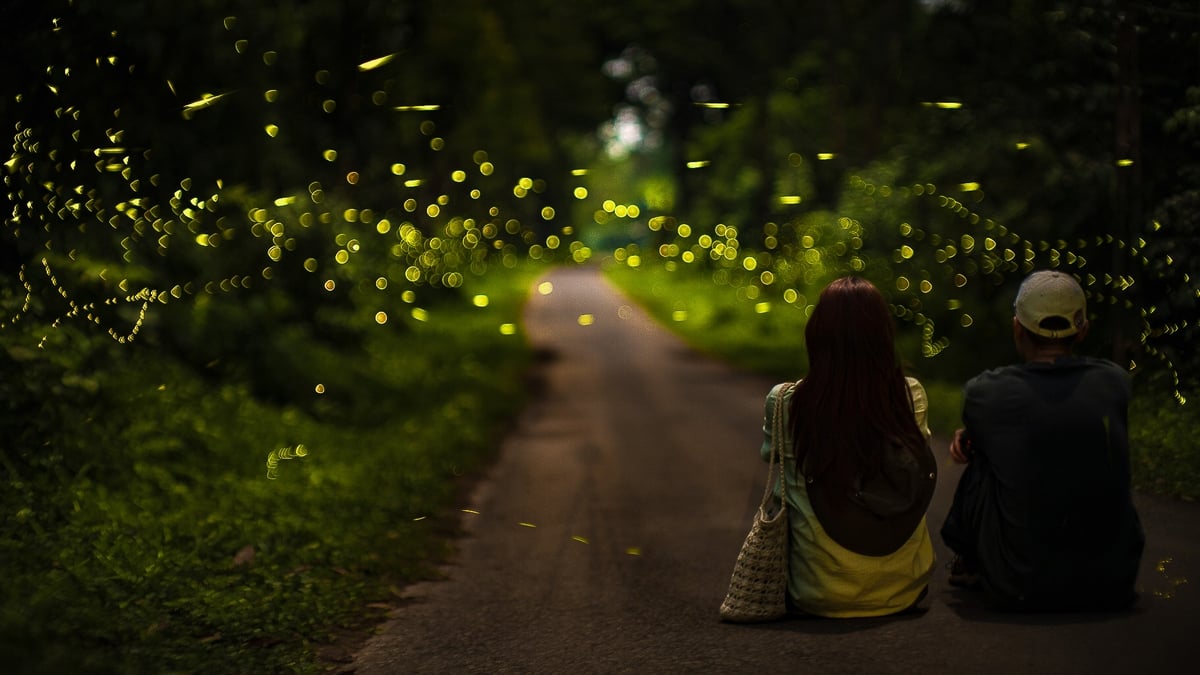
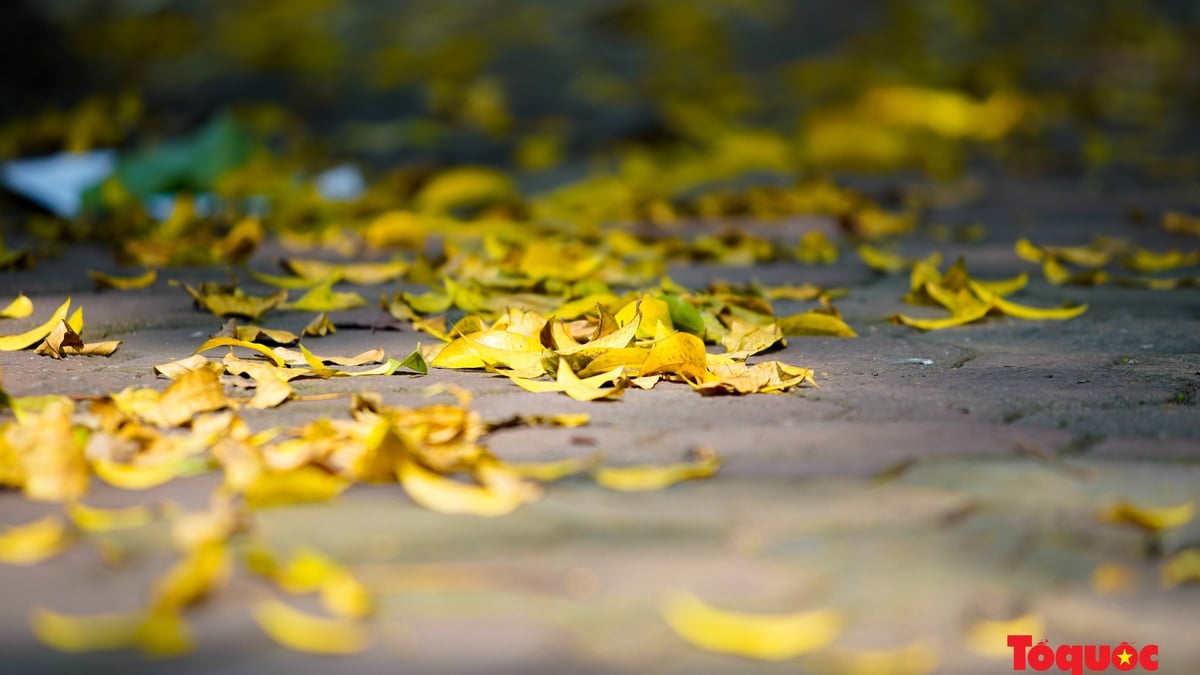


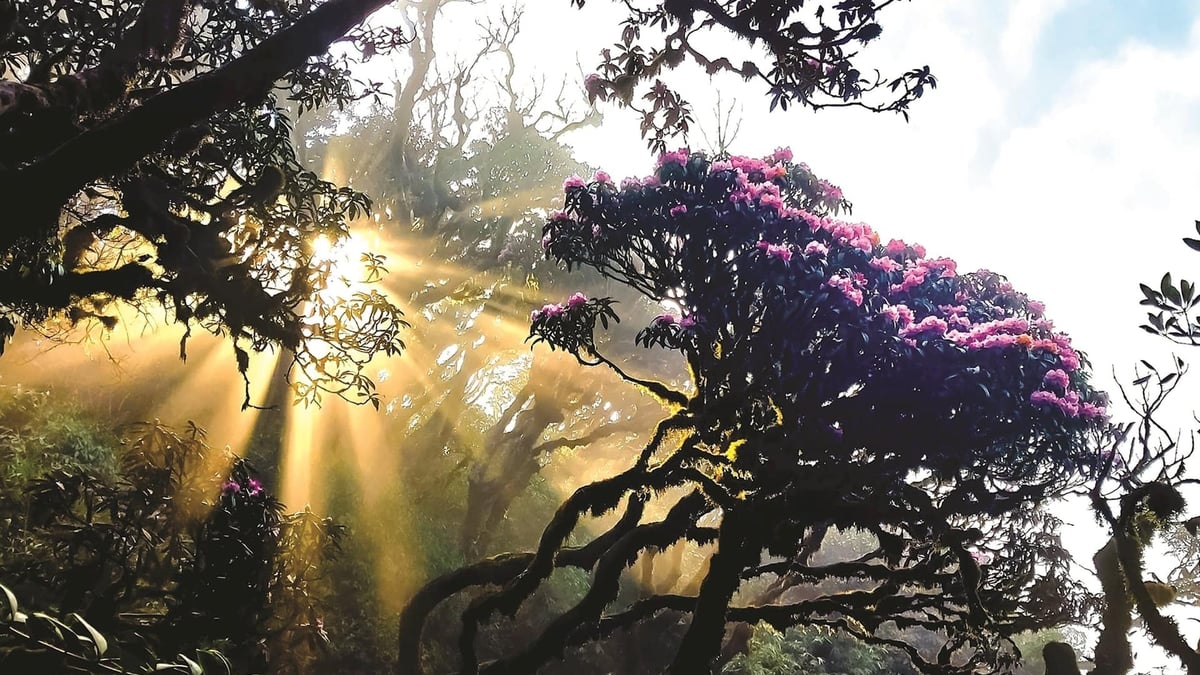
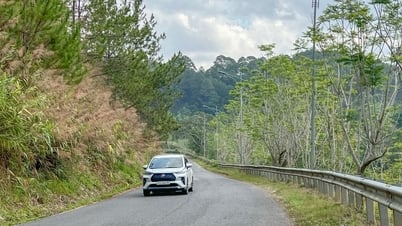


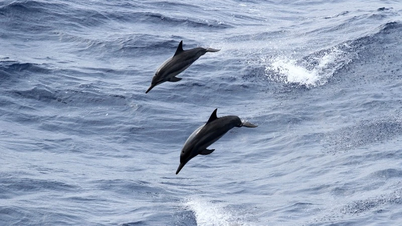







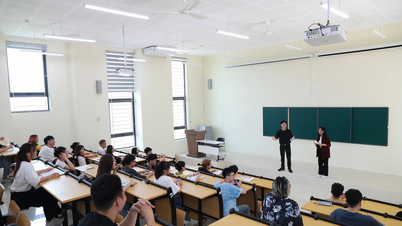
![[Video] Four Vietnamese students won medals at the Mendeleev International Chemistry Olympiad](https://vphoto.vietnam.vn/thumb/402x226/vietnam/resource/IMAGE/2025/5/13/d0578baffa61400f8913f3916a728cc7)



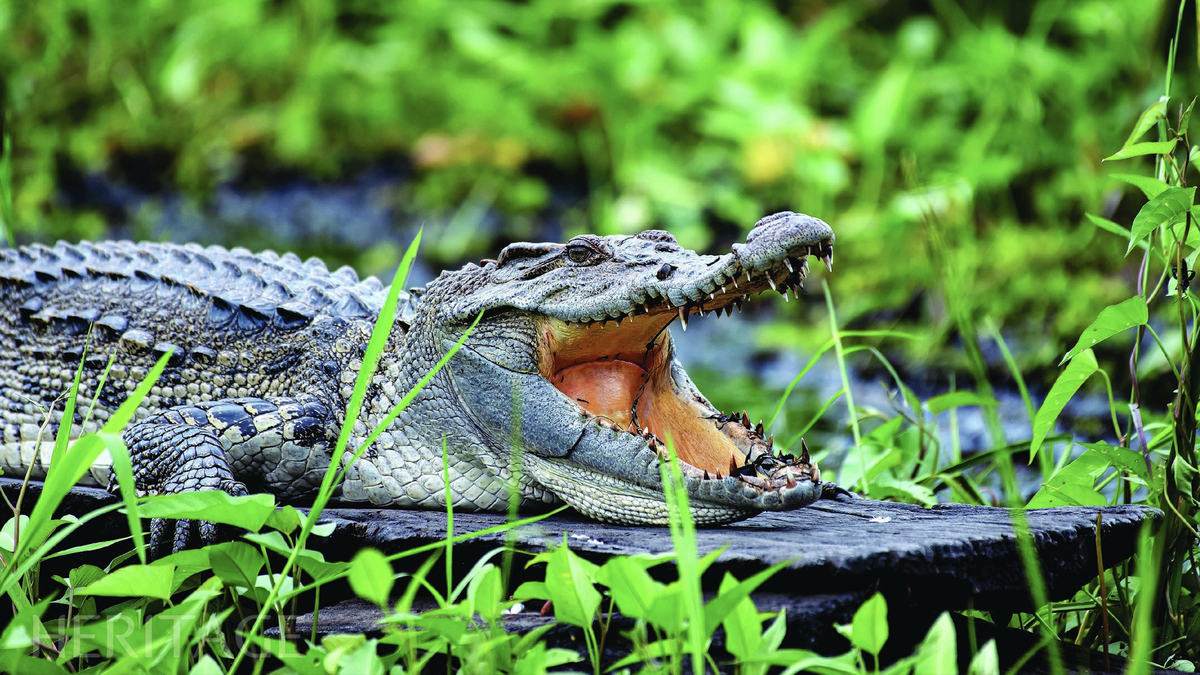
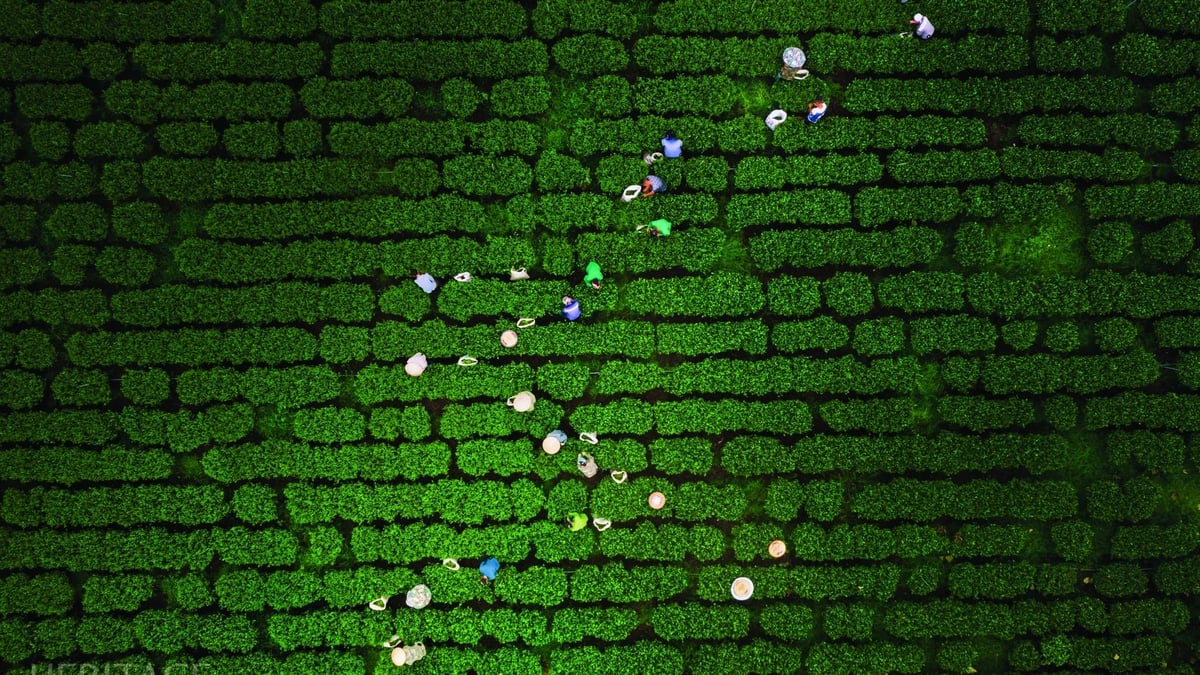









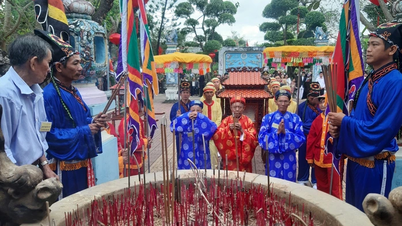





































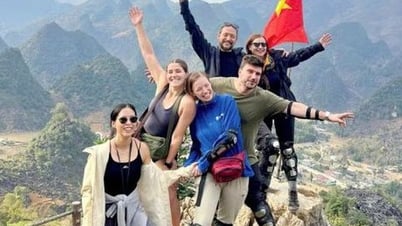



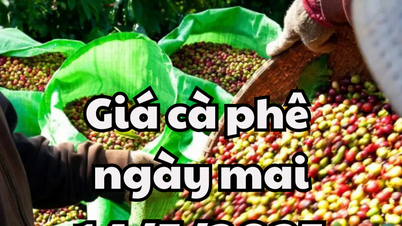



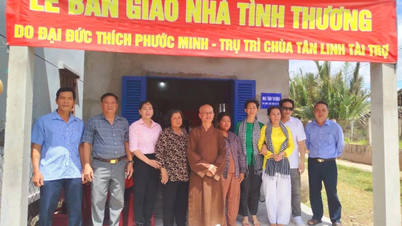
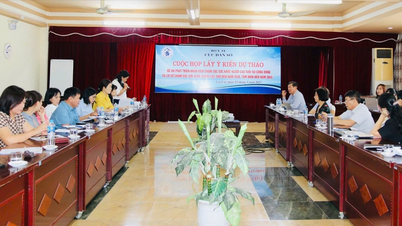












Comment (0)